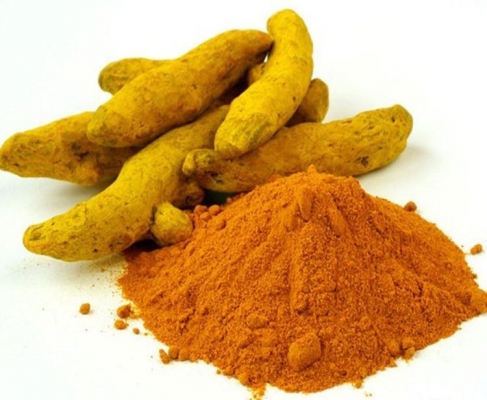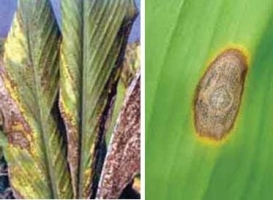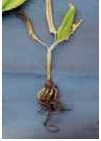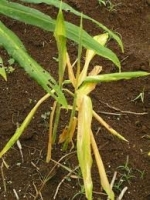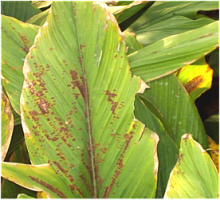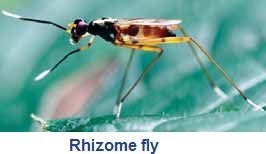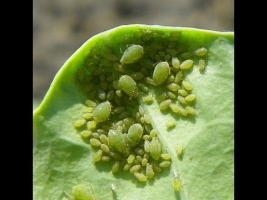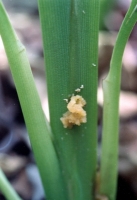General Information
Turmeric is a perennial herb, native of south Asia. It is also known as "Indian Saffron" is sacred spice of India. It is principal ingredient in Indian culinary and used as flavouring and coloring agent. It is used in drug and cosmetic industry because of its anti-cancer and anti-viral property. Turmeric has special place in religious and ceremonial occasions. Rhizomes are used for propagation. Its leaves are long, broad and of bright green color and flowers are of pale yellow color. India is world largest producer, consumer and exporter of turmeric. In India, Andhra Pradesh, Orissa, West Bengal, Karnataka and Kerala are major producers of Turmeric.

